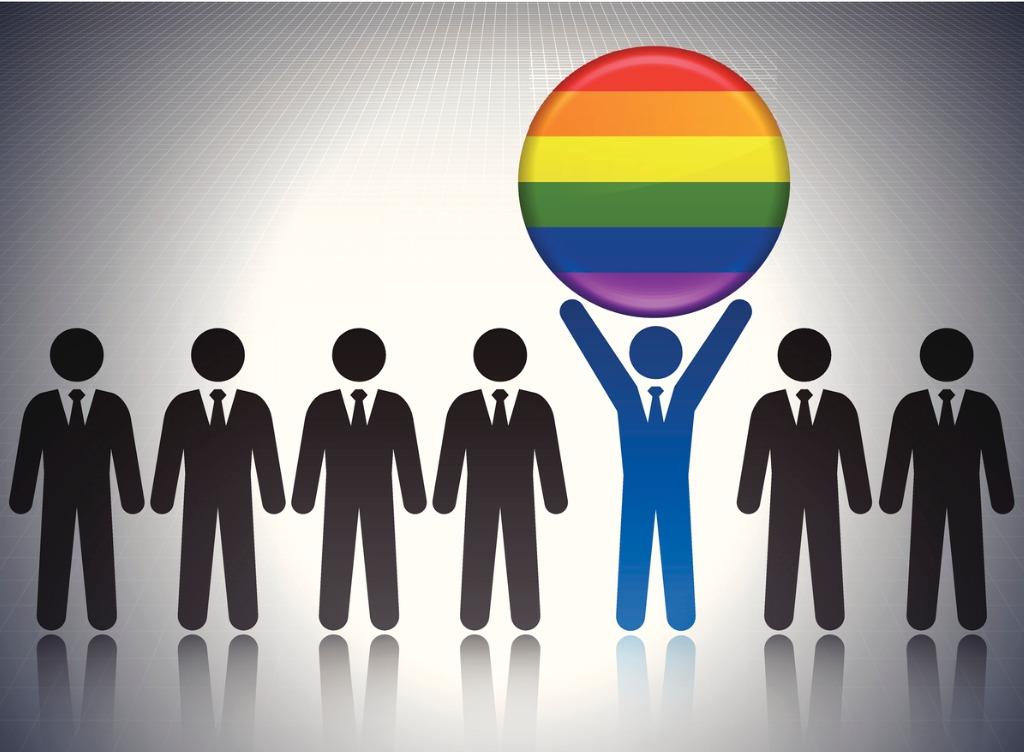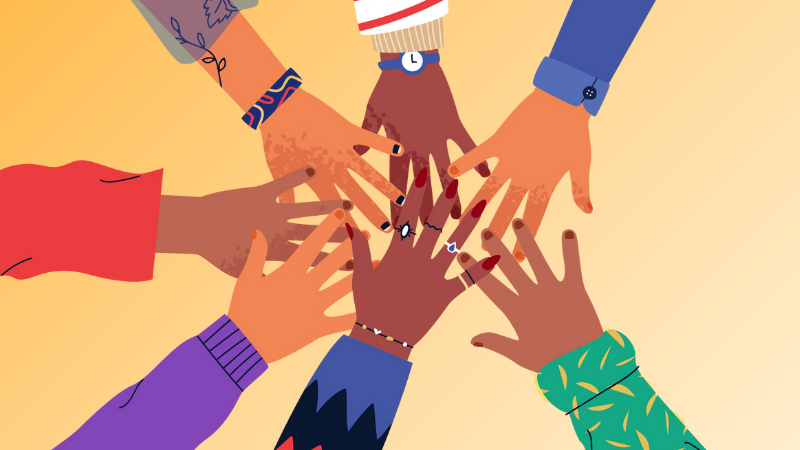LGBTQ Leadership and Employment Discrimination

Key Takeaways:
- A recent Supreme Court ruling outlawed LGBTQ workplace discrimination.
- Discrimination against LGBTQ leaders often exists in unexpected ways.
- The ruling can help combat this, but we can all play a role.
A recent decision from the highest court in the land should give pause to all leaders in positions to hire others. In many ways, it should make us all pay attention.
Last month, the U.S. Supreme Court released a landmark ruling stating that discrimination against lesbian, gay, bisexual, transgender and queer (LGBTQ) employees is illegal under the Civil Rights Act of 1964. Previously, it was legal under federal law (though not in every state or city) to fire or not hire someone because they were LGBTQ. Therefore, this ruling will have huge effects on employment discrimination law as well as general workplace practices for a long time.
The rationale for this ruling was that beliefs about gender and beliefs about sexual orientation are inextricably intertwined. In other words, what you think about LGBTQ people is likely affected by what you think about gender, and vice versa. As stated in the majority opinion on the ruling, an “employer who fires an individual for being homosexual or transgender fires that person for traits or actions it would not have questioned in members of a different sex.”
This applies to leadership. Previously, I wrote about this when I discussed perceptions of gay and lesbian leaders; specifically, how beliefs about gender and leadership affects the way people think about gay and lesbian leaders. My question for today is: Will these perceptions lead to actual discrimination? Research shows that people believe these things about LGBTQ people, but will it result in them making discriminatory hiring decisions?
This is an important question to ask as discrimination is the focus of the recent Supreme Court ruling.
A recent study looked at hiring discrimination among gay male leaders and found that (perhaps unsurprisingly) it can exist — specifically because of people’s gender beliefs — though perhaps not in the way one might expect[1]. In this study, the researchers asked participants who was more suitable for a leadership position: a gay male or a heterosexual male applicant. The hypothetical leaders were the same in all aspects except for their sexual orientation.
The findings show that the participants in the study did discriminate based on sexual orientation; for leadership positions that were viewed as feminine, the gay male leader was rated as more suitable for the position than the heterosexual leader. However, for leadership positions rated as masculine or gender-neutral, there was no difference.
In other words, although the participants did discriminate based on sexual orientation, it was the heterosexual males that were discriminated against. Also, the discrimination manifested in that the gay males were seen as better for “feminine” jobs — in other words, the gay men were thought of as feminine and therefore it was assumed that they’d be good at feminine jobs.
In other words, once again we see that beliefs about sexual orientation are influenced by beliefs about gender!
None of these results are encouraging — we don’t want anyone discriminated against (LGBTQ or heterosexual people), and we also don’t want people making gendered assumptions about anyone. But beyond that, it also shows the nuanced and complicated way discrimination can occur among LGBTQ people. It may not be seen in the ways people might expect, but it is still there.
So what do we do with this? Consider these findings when thinking about talent development and the leadership pipeline. Who is being groomed for leadership roles? What biases might be creeping into people’s beliefs about LGBTQ high potentials? These beliefs may be hard to detect – and seemingly positive (for instance, thinking a gay man could be a good leader in a feminine role) but they can still have pernicious consequences.
Legal protections such as the new Supreme Court ruling will go a long way toward helping all employees (LGBTQ and heterosexual) be treated more fairly in the workplace, but we all have a role to play in this!
[1] Barrantes, R. J., & Eaton, A. A. (2018). Sexual orientation and leadership suitability: How being a gay man affects perceptions of fit in gender-stereotyped positions. Sex Roles: A Journal of Research, 79(9–10), 549–564.


